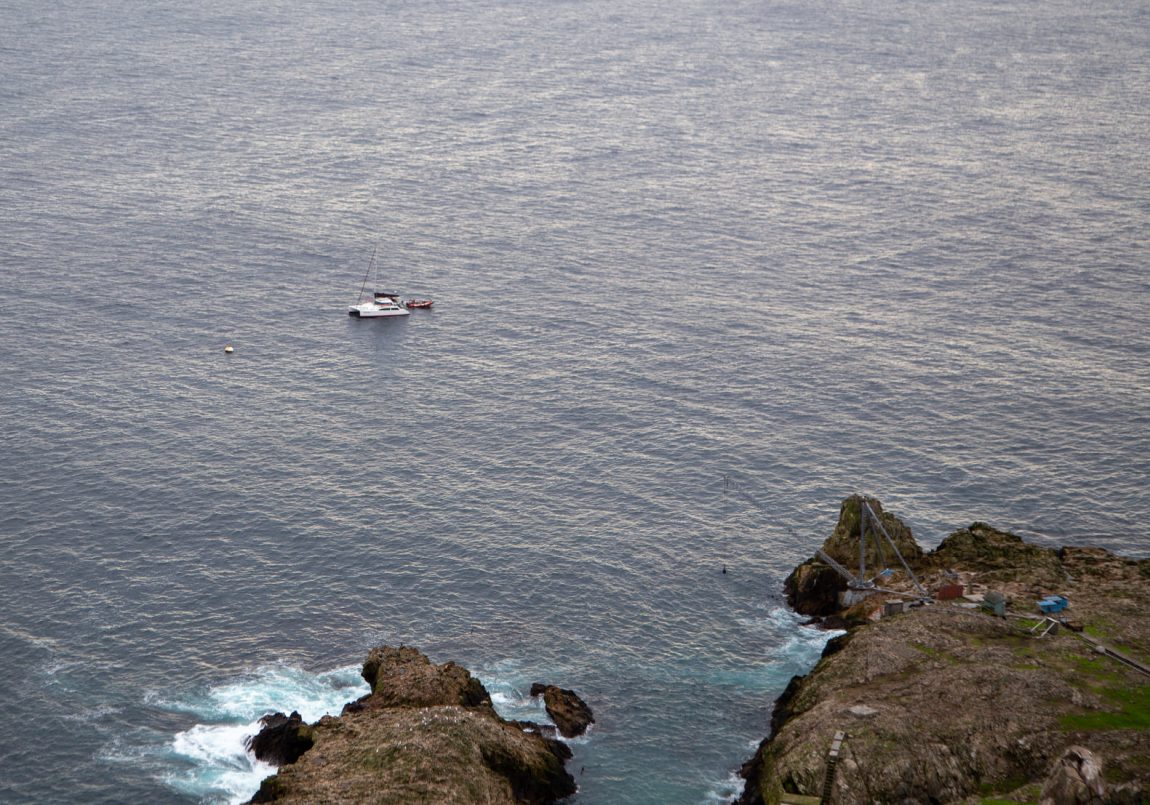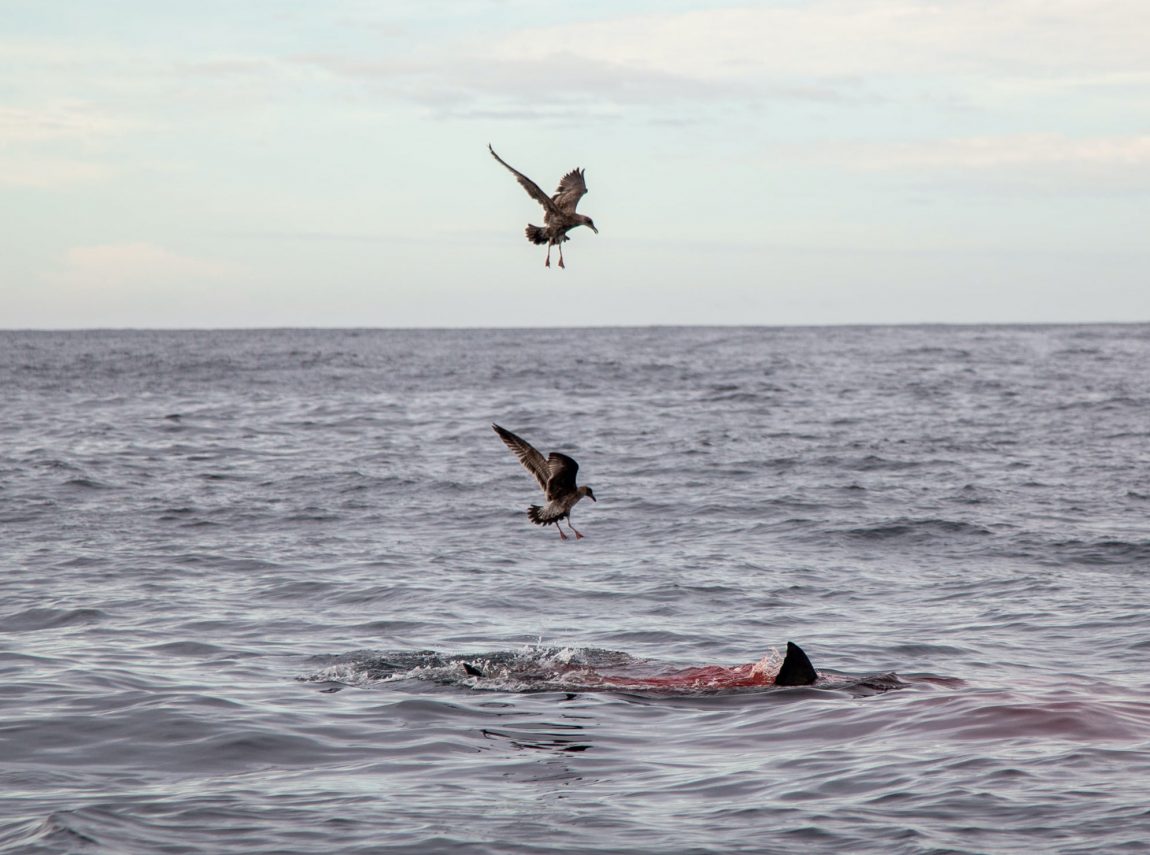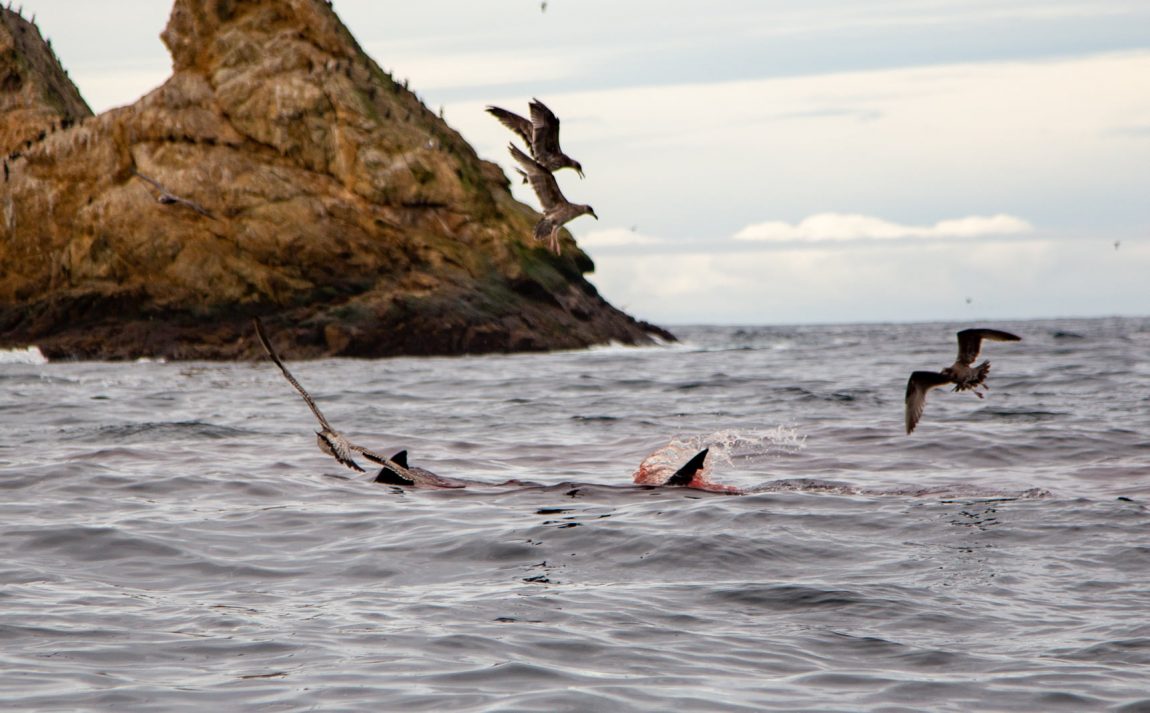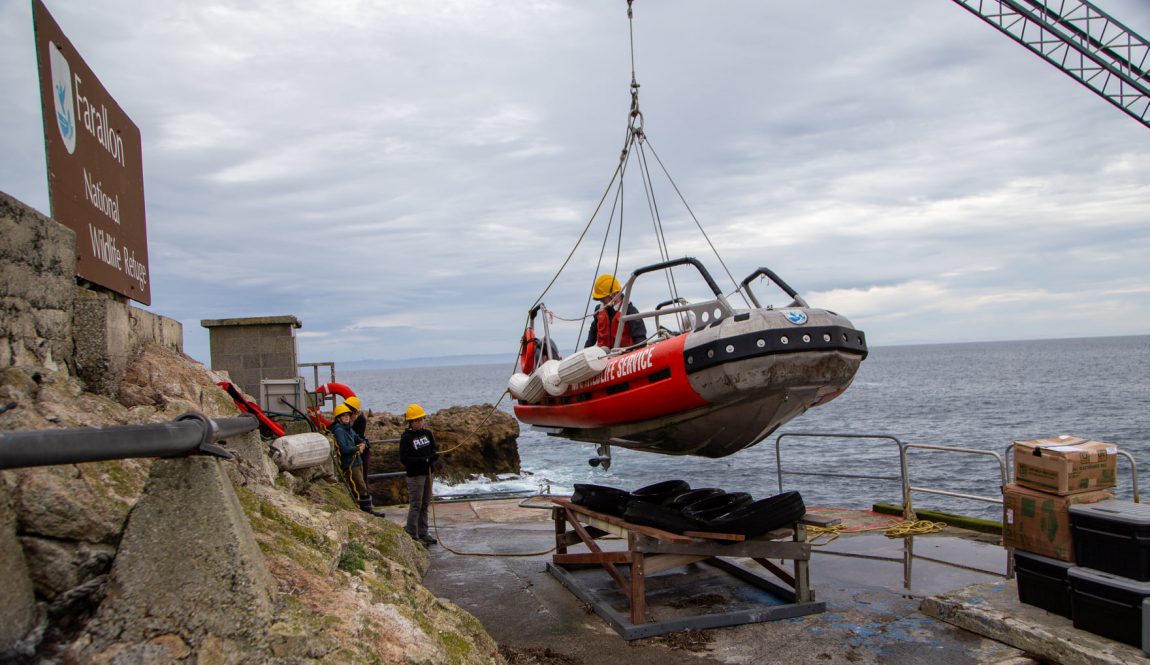
Volunteer Captures Shark Action at the Farallones
If you’ve ever sailed to the Farallon Islands, you’re probably aware that the islands are a National Wildlife Refuge. They are home to the largest seabird nesting colony south of Alaska and the largest colony of western gulls in the world, and they support half of the world’s ashy storm-petrels. Southeast Farallon, North Farallones, Middle Farallon, and Noonday Rock also are designated as a State Ecological Reserve and a Golden Gate Biosphere Reserve. This all means that the islands are out of bounds for most of us. Anyone who does step ashore is likely to be a marine scientist, researcher or a volunteer with a supporting organization.
Another fascinating ecological feature of the islands is its marine wildlife. The Farallones lie within a designated marine sanctuary, and their waters are teeming with sea life — a very good fact to note, considering that from around the mid-1800s to the 1970s the region was a dumping ground for everything from oil refinery waste to unwanted ships to chemicals, munitions and low-level radioactive waste. Fortunately the discontinuation of dumping, and a concerted effort by many organizations and agencies, has helped improve the water quality and enabled both land and sea life to flourish.
Jan Passion was volunteering with Point Blue Conservation Science, ferrying biologists and their gear and supplies to Southeast Farallon Island, when he came across an act of nature rarely seen by most of us.

“I was, finally, after years of searching, fortunate enough to see a white shark,” Jan wrote.
Jan estimated the shark to be around 14 feet long and somewhere between 20 and 30 years old.
“[The shark] had just killed a sea lion.”

Jan and the two crew were in the launch boat when he spotted a red patch in the water.
“[I] first thought it was a life jacket or a lost piece of sail … and then realized it was the blood from a shark attack.
“One of my crew had an excellent camera and got some pretty neat shots of the dorsal and tail fins.”

And just for the curious among us, this is how the supplies are brought onto the island.

For more information about Point Blue Conservation Science, or to get involved, you can reach the organization here: [email protected]

Mother Nature, the greatest show on earth !
Andy – so true! Amazing world out there… So glad I get to spend time on this blue marble!